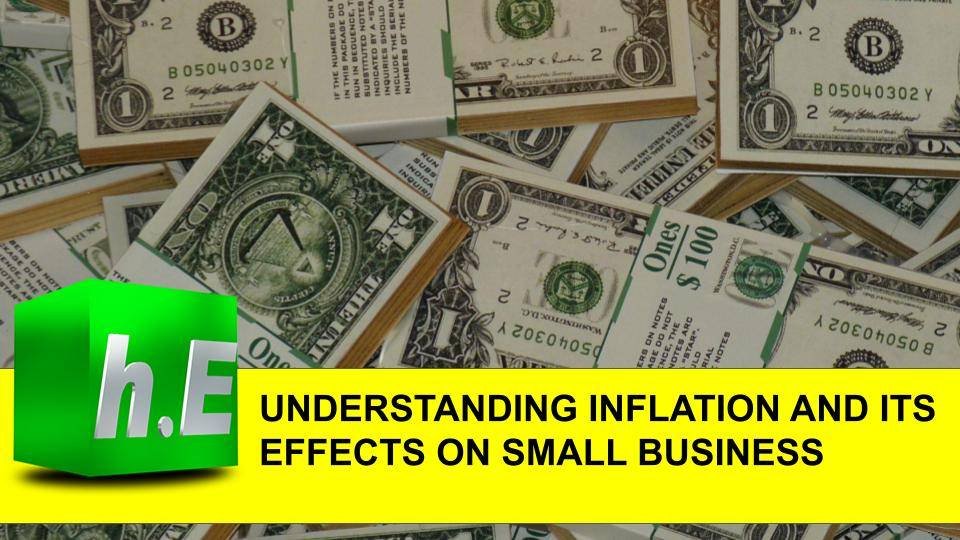Inflation is the decline of purchasing power of a given currency over time. A quantitative estimate of the rate at which the decline in purchasing power occurs can be reflected in the increase of an average price level of a basket of selected goods and services in an economy over some period.
The rise in prices, which is often expressed as a percentage, means that a unit of currency effectively buys less than it did in prior periods. Inflation can be contrasted with deflation, which occurs when the purchasing power of money increases and prices decline.
In the U.S., the inflation syndrome is often described as “too many dollars chasing too few goods;” in other words, as spending outpaces the production of goods and services, the supply of dollars in an economy exceeds the amount needed for financial transactions. The result is that the purchasing power of a dollar declines.
WHAT CAUSES INFLATION?
Economists do not always agree on what spurs inflation at any given time, but in general they bucket the factors into two different types: cost-push inflation and demand-pull inflation.
Rising commodity prices are an example of cost-push inflation because when commodities rise in price, the costs of basic goods and services generally increase.
Inflation and the Fed
The Federal Reserve is the central bank of the U.S., and the Fed—like central banks around the world—is tasked with maintaining a stable rate of inflation. The Federal Open Market Committee (FOMC) has determined that an inflation rate of around 2% is optimal for employment and price stability.
This level of inflation gives the FOMC scope to jump-start the economy during downturns by decreasing interest rates, which makes borrowing cheaper and helps boost consumption. Lower interest rates reduce costs for businesses and consumers to borrow money, stimulating the economy.

How inflation works
Prices tend to go up when the demand for goods and services is more than the economy supplies.
Prices tend to go down when the economy supplies more goods and services than people want or need.
Effects of Inflation
1. Decrease in unemployment
When the price of goods increase, so will revenues and, subsequently, profits for private enterprises. The influx of capital will enable businesses to expand their operations by hiring more employees.
2. Decrease in the real value of debt
As explained above, inflation is associated with a decrease in interest rates. Low interest rates will cause the value of debt and related debt instruments to decrease.
How can Small businesses fight Inflation?
In an inflationary environment, consumers are reminded of an existential truth: Money is a social construct, mere paper assigned a value that can change overnight. Inflation breeds fear, but it doesn’t have to.
As the threat of continued inflation looms, consider these strategies to hedge against inflation:
• Maintain a budget.
• Spend less than you earn.
• Delay purchases of goods severely affected by inflation.
• Build skills and work toward a promotion or raise to keep up with costs.
• Set clear, appropriate goals.
• Maintain a well-balanced, diversified investment portfolio.
• Choose an asset mix that suits your goals.
• Stick to the plan.
We have always emphasized the importance of having a good website for your company because it can act as your best tool for marketing and sales. A poorly designed website can repulse people from your business and can cause you to lose customers before you even have them. Get in touch with HyperEffects to work on creating, enhancing, and making the website of your company more user-friendly.

